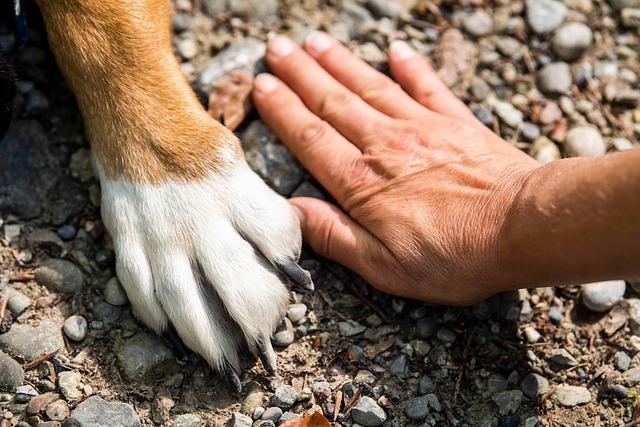Bristol Skin Tag Removal: Common skin growths, often hereditary, require professional care. DIY methods risky; consult dermatologists for safe, effective removal, tailored guidance.
Looking to remove skin tags in Bristol? You’re not alone. Skin tags, those small, harmless growths on the skin, are common. This guide explores the various types and causes behind these pesky tags, helping you make informed decisions about Bristol skin tag removal. We delve into DIY methods, ensuring safety and effectiveness, offering practical insights for those seeking a solution without professional intervention.
- Understanding Skin Tags: Causes and Types in Bristol
- DIY Removal Methods: Safety and Effectiveness Checklists
Understanding Skin Tags: Causes and Types in Bristol

Skin tags, also known as acrochordons, are small, soft skin growths that typically appear in areas where skin rubs against itself, such as the neck, armpits, or groin. They are usually harmless and often hereditary, but many people choose to remove them for aesthetic reasons or if they become irritated or uncomfortable. In Bristol, Bristol Skin Tag Removal has become a popular search term as locals explore options for managing these common skin concerns.
There are various types of skin tags, including those that are single or in clusters, and their appearance can vary from thin, delicate strands to thick, warty growths. While they are generally harmless, certain types may be more prone to becoming cancerous, which is why it’s essential to understand their causes and types. In Bristol, access to knowledgeable dermatologists and specialized clinics offering safe and effective skin tag removal procedures ensures that individuals can take control of their skin health with confidence.
DIY Removal Methods: Safety and Effectiveness Checklists

When considering DIY skin tag removal in Bristol, it’s crucial to approach the topic with caution and an understanding of safety protocols. While some methods can be effective, self-removal carries risks, including infection, scarring, or failure to remove the tag completely. Before attempting any at-home treatment, ensure you have ruled out potential skin condition exacerbations or complications.
For those opting for DIY removal, using substances like duct tape, salicylic acid, or essential oils should be approached with care. These methods require thorough cleaning and proper application to avoid irritation or damage to surrounding skin. It’s important to research the process thoroughly, follow instructions diligently, and monitor your skin for adverse reactions. Consulting a dermatologist beforehand can offer guidance tailored to your specific situation, ensuring both safety and effectiveness in Bristol skin tag removal.
While there are DIY methods for removing skin tags at home, it’s important to note that professional Bristol skin tag removal is often recommended for safety and effectiveness. Understanding the causes and types of skin tags can empower you to make informed decisions about your skin health. Always consult a dermatologist before attempting any removal procedure to ensure the best course of action for your specific case.
